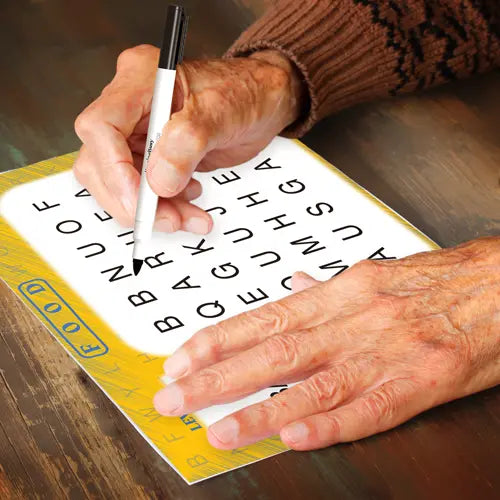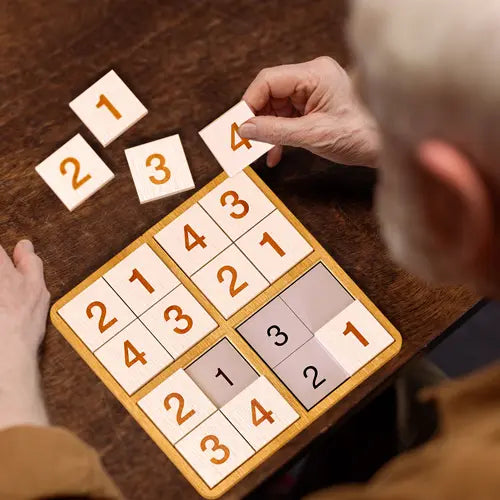
Most memory care facilities have some type of form to collect information about the interests of each resident from family members, and we provide a form in our workshop materials (which you can download here). Using a checklist rather than just working from memory is important because it can remind family members of interests that the person with Alzheimer's or dementia had in the past but haven’t done in a long time. These are often the most successful interests to draw on.
Home caregivers are at an advantage because they know the person and their past interests and hobbies, but it is still helpful to complete a checklist so that visiting home care workers and other dementia care professionals can use it to understand the person behind the dementia.
But what do we do with the information learned by the ticked interest boxes?
One of the most important things that we can do with the information is to use the person's past interests to create and select dementia activities. Drawing on the past interests of a person with dementia is one of the most effective ways to engage them, and by using the ticked boxes we know what they are.
COMPLETING AN "INTERESTS CHECKLIST"
- Helps the family members remember things that interested the person, from the past
- Provides a starting point to generate ideas of meaningful activities to engage the person
- Provides suggestions for topics of conversation and discussion
A person with dementia or Alzheimer's may have stopped doing an activity or hobby for a variety of reasons other than losing interest. Some of the difficulties that may have caused the person to become frustrated with the activity include:
- Eyesight problems making the text or pieces too difficult to see
- Overly complex patterns or puzzles
- Unable to remain focused for length of time required
- Difficulty picking up or handling pieces
- Procedure not broken down into enough individual steps
- Activity requires abstract thought rather than providing concrete examples
- Hearing difficulties may make the activity difficult to enjoy
- Too many distractions in the activity to allow them to focus
- Physical impairments that make the activity difficult
Our goal is to find ways to help the person relive and recall the pleasure they used to experience when involved in these pursuits, not necessarily to get them doing the specific activity or achieving some specific end result. We must determine what the problem is and find a way to modify the activity to remove the difficulty and allow them to be successful. Some modifications that may be appropriate include:
- Larger font for text and written parts of the activity
- Larger pieces that are easier to see and handle
- Fewer pieces making the activity easier to do
- Simpler patterns, pictures, puzzles, etc.
- Adjustments to accommodate physical impairments
- Break down activity into individual steps that are easier to follow
- Ensure that the activity (and environment) are free of unnecessary distractions
- Provide an example of the completed activity
- Use templates to help the person complete the activity
- Offer them a choice of answers to choose from
When re-introducing the activity for the first time, the person may say that they’re not interested, or that they don’t enjoy it anymore. This is likely because they have negative thoughts about the activity because they were unsuccessful at it. If this is the case, there are several strategies to get them interested such as simply starting to do it yourself, or telling them that it’s their choice but you think they would like it. Our article “Presenting an Activity, Start to Finish” talks more about this.
In this series of articles, we will explore ways to engage someone with dementia using some common interests. We’ll start with a walk down the garden path…




